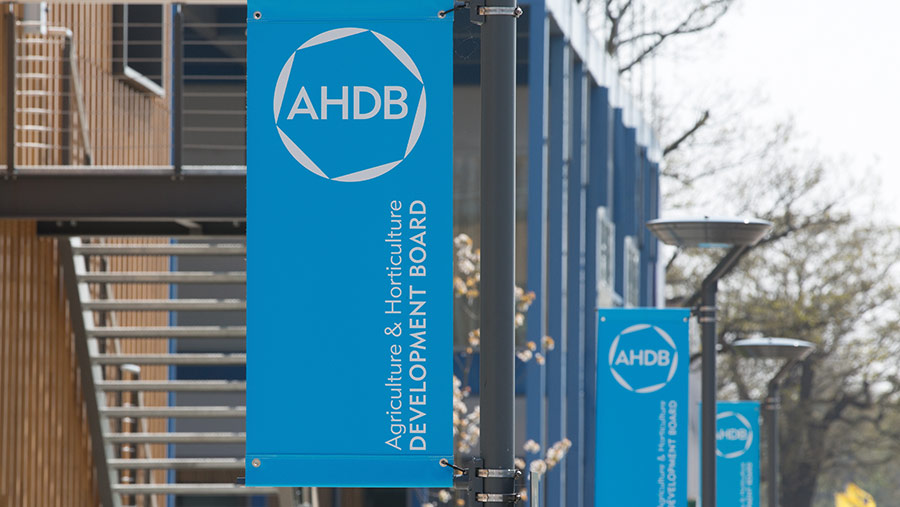Editor’s view: Levy board critics have job as tough as AHDB
 © Tim Scrivener
© Tim Scrivener There’s been much talk this week about sunk cost fallacies – or why so often good money is thrown after bad.
Economists have observed that once spending has begun on a project and can no longer be recovered, we are more likely to keep investing in it even if there is a high chance it is doomed to failure and a greater total cost will be incurred.
Critics of HS2, now basking in victory after convincing the prime minister to scrap part of the scheme, will label fans of the project as suffering from this delusion.
See also: AHDB seeks 20-33% rise in farmer levy contributions
Sunk cost fallacies are common because nearly all big projects are difficult and it can be tough to decide – especially when emotions are running high – which are the future winners and which are yawning pits into which money is being fruitlessly shovelled.
In setting out its proposals for its campaign to increase its levy rates for the first time in a decade, the AHDB is seeking to persuade farmers that backing them is no fallacy, but rather that there will be a return on their investment that exceeds the good it could do if it stayed in their pockets.
The task for the levy board and its allies is to preach the value of working together. That an industry-wide organisation, funded by farmers, can achieve things that individuals or smaller groups could not possibly hope to achieve.
It wants to portray itself as up for the difficult tasks that it has set itself – independent research, advocacy and developing new markets – if only it has the funds to do so.
The only cohort it actually has to win the approval of is its governmental overlords, whose signatures it requires to see it attempt to claw back the 40% spending power it says it has lost in the past decade.
With separate red meat levy boards in Scotland and Wales (where Hybu Cig Cymru has already put up levies, and Quality Meat Scotland is planning to) but UK-wide coverage for arable and GB coverage for milk, it’s a complex beast with a variety of zones of jurisdiction.
Yet to win the support of politicians, it clearly must also win the support of the levy payers – the most complex task of all.
In June, when this topic was first broached, I wrote that it seemed that the AHDB would become pointless without more funding.
Watching it dwindle down to a sad shadow of its former self would suit no one – it should either be a muscular, well-funded body that delivers in spades or it should not bother at all.
That is still clearly the case. But to win the argument for the former it has to create in farmers a feeling that the ends justify the means at a time when they feel beset by bigger problems that are beyond its remit.
In asking for this rise now, at a time of rampant cost inflation, the AHDB has set itself the task at maximum difficulty, including by having to go cap in hand to a dairy sector that has seen the milk price tumble compared with year-earlier levels.
Yet those who even now will be plotting to fight this have tough questions to answer too.
Even in times of austerity, investment has to be made that gives a business or a sector a chance to grow and improve in the long term, or else you are doomed to never improve.
The challenge for critics will be: If not the AHDB, then what – and why will it be better?

